We may earn money or products from the companies mentioned in this post. This means if you click on the link and purchase the item, I will receive a small commission at no extra cost to you ... you're just helping re-supply our family's travel fund.
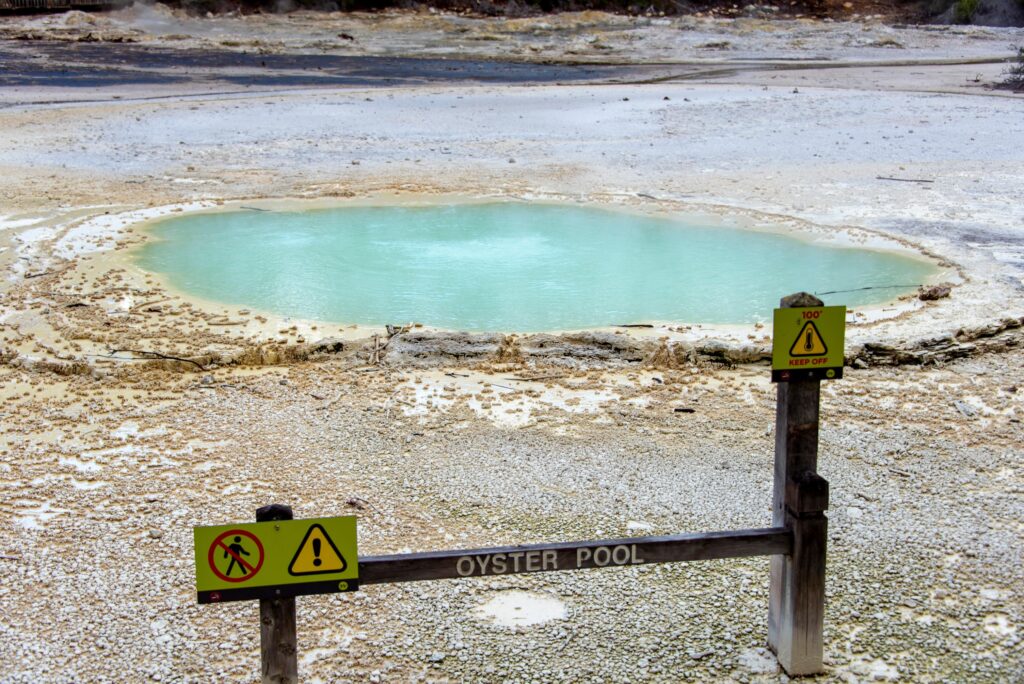
Yellowstone is breathtaking, but it’s also one of the most dangerous landscapes you’ll ever step into. Pools shimmer like liquid jewels, steam drifts across the boardwalk, and bison wander past trails that sit on a live volcano. Signs aren’t there for decoration; they exist because one careless move can end in tragedy. Recent accidents near Lone Star Geyser prove how thin the line is between wonder and disaster. Respect the warnings and Yellowstone rewards you with beauty safely enjoyed.
Thin Crust Isn’t Solid Ground
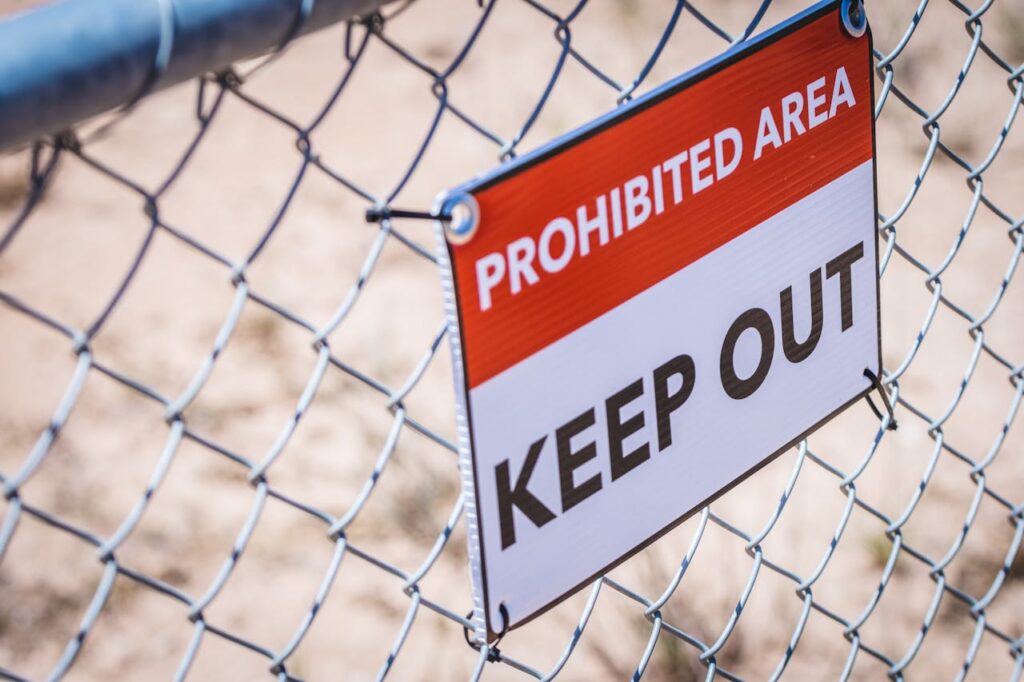
The earth looks firm, but under Yellowstone’s thermal basins lies a thin crust covering near-boiling water. It can crack under a single step, plunging you into runoff hot enough to melt skin in seconds. Boardwalks and trails are placed on stable ground for a reason, and every rope or warning post marks the edge of safety. Straying past them isn’t exploration; it’s gambling with your life. Stay where the park has secured the path and you’ll see everything without risk.
Lone Star Geyser: A Real-World Warning
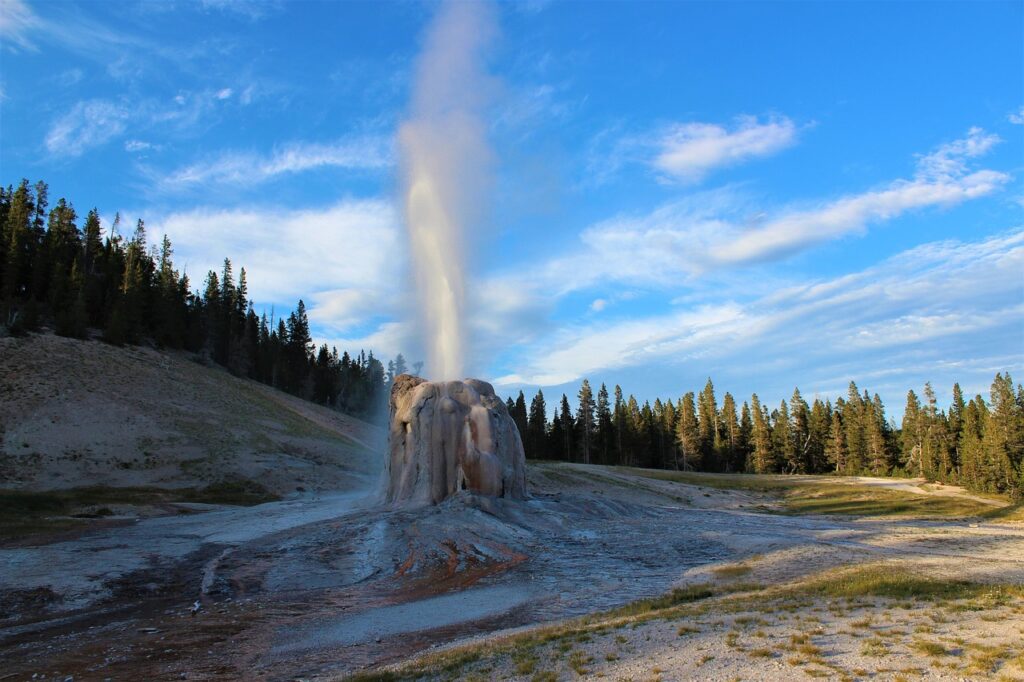
On July 28, 2025, a 17-year-old hiker stepped off-trail near Lone Star Geyser and broke through unstable ground. He suffered severe burns to his foot and ankle before being evacuated, the park’s first thermal injury that year. Lone Star, reached by a remote trail, erupts 45 feet into the air and looks harmless between shows, but the crust around it hides lethal water. His story is a reminder that one misstep can turn a hike into a life-changing emergency.
Boiling Acid And Microscopic Life
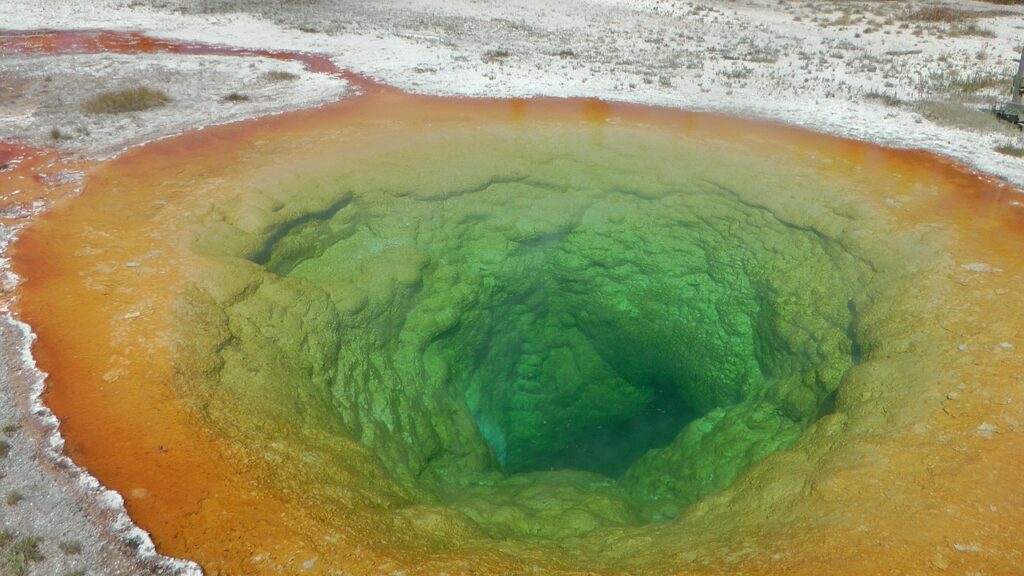
The rainbow colors in runoff pools come from heat-loving microbes that survive in acidic water hotter than 180°F. That beauty disguises a deadly hazard. The chemistry is harsh enough to dissolve tissue, and many pools are acidic enough to strip skin on contact. What looks like a calm stream is closer to a vat of boiling acid. Yellowstone’s science is spectacular, but the lesson is simple: treat every pool like it can kill you, because it can.
Runoff Channels Are Not Benches
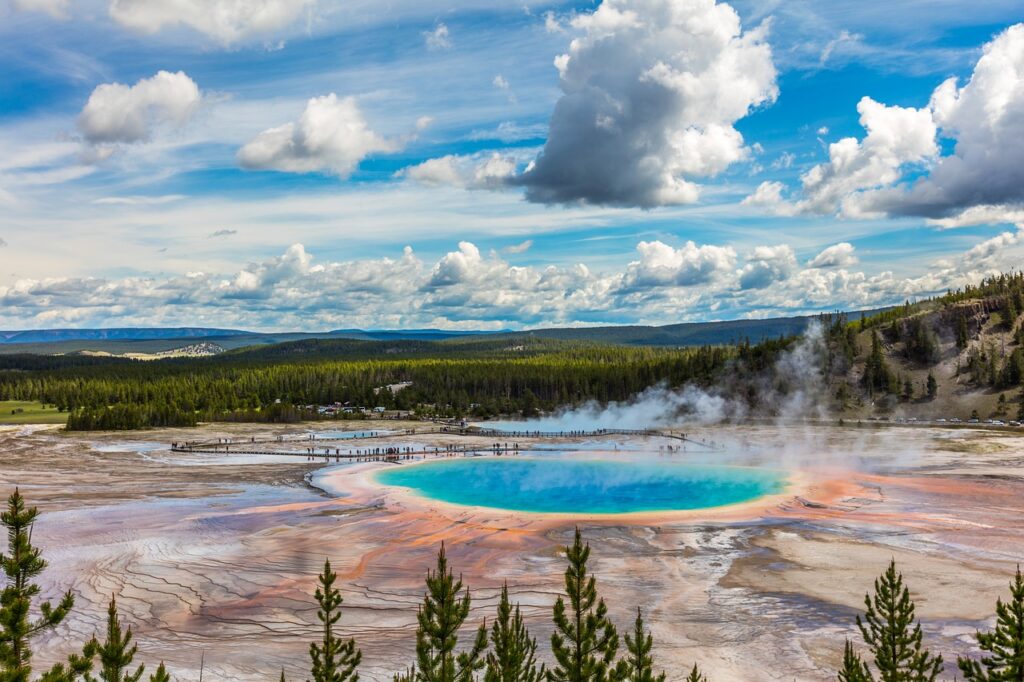
Runoff channels often look like shallow creeks or inviting edges where you could sit for a photo. In reality, they carry water hot enough to scald instantly, and their edges crumble at the lightest touch. Children are especially at risk since they don’t always recognize danger until it’s too late. If something falls in, leave it. Rangers recover items later, but grabbing for a bottle or camera can cost you far more than the gear.
Toxic Gases Can Fell You Fast
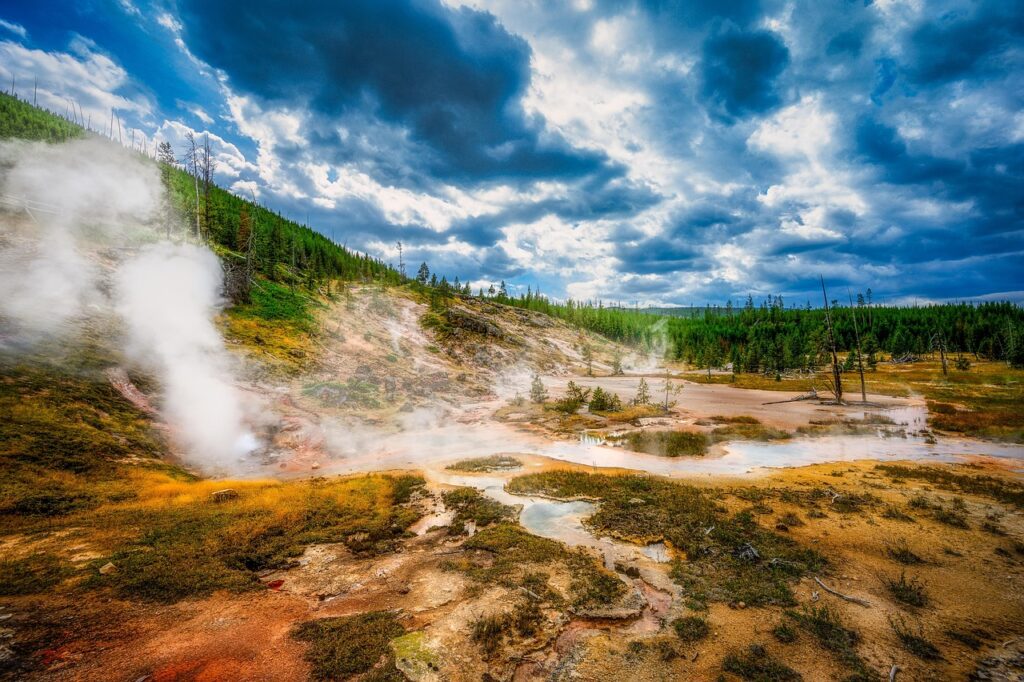
It’s not just the water that’s dangerous. Steam vents release hydrogen sulfide and carbon dioxide, gases that can choke you or leave you unconscious without warning. If you feel lightheaded, cough, or suddenly nauseous, it’s your body telling you to leave. Steam that looks picturesque in photos might be laced with fumes strong enough to kill small animals. Staying alert to how your body feels is as important as watching where you step.
No Swimming Or Soaking, Anywhere
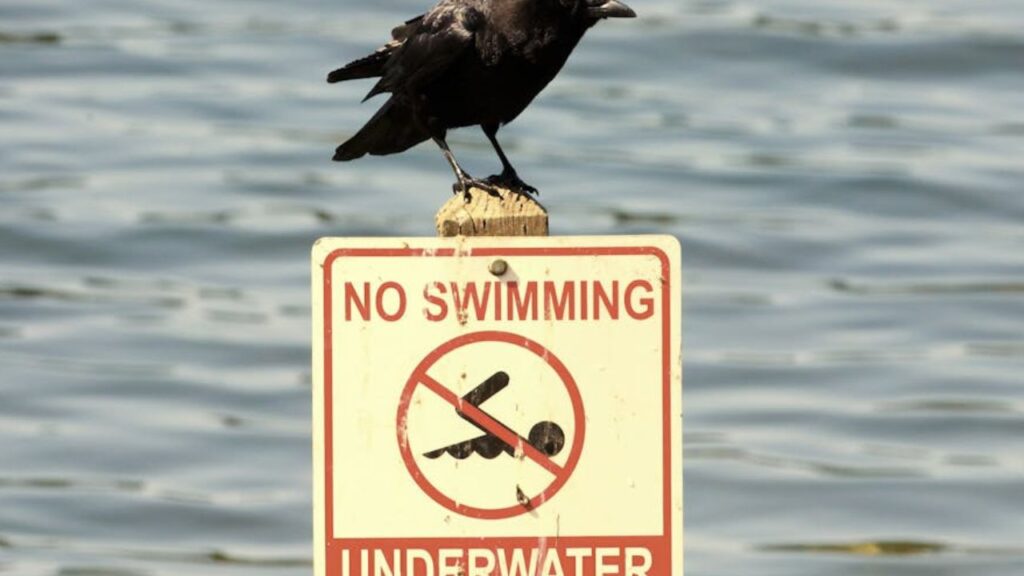
The pools may look like spas, but they’re anything but. Temperatures spike suddenly, and many springs are acidic enough to burn within seconds. Dipping even a hand is asking for injury, and swimming is outright forbidden. Outside the park you’ll find hot springs meant for soaking, but inside Yellowstone the water is for viewing only. Respect that rule, and you’ll take home photos instead of bandages.
Don’t Chase Hats, Phones, Or Trash
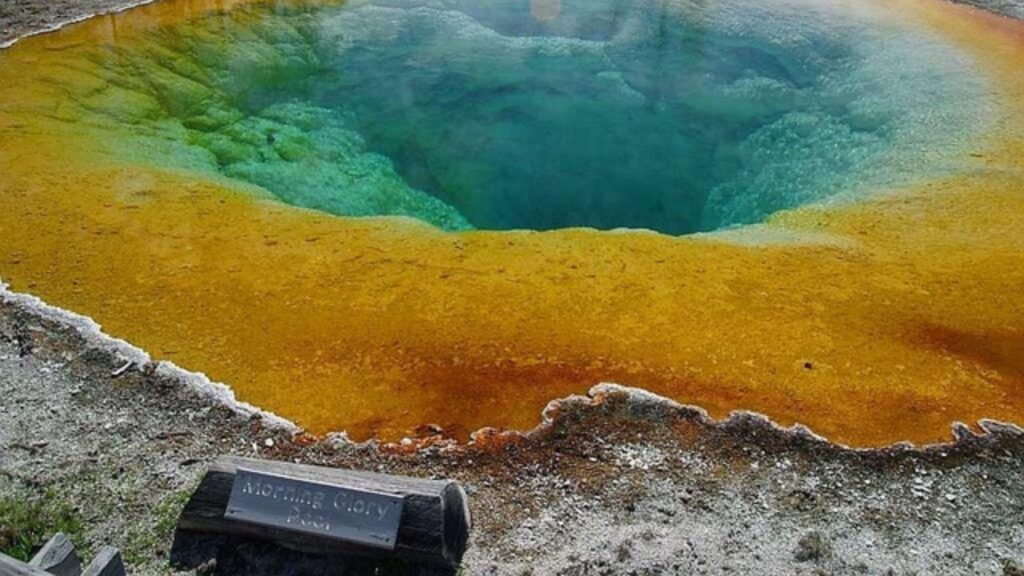
Lost items are common in geysers and hot springs, but retrieving them is deadly. Tossing objects in damages delicate formations, and reaching after them puts you in direct danger. Many accidents start with something as small as a blown-off cap. If the wind takes it, let it go. A ranger may recover valuables later, but your safety isn’t worth risking for anything that can be replaced. Think of it as Yellowstone’s way of reminding you to travel light.
Selfies Shrink Your Safety Margin
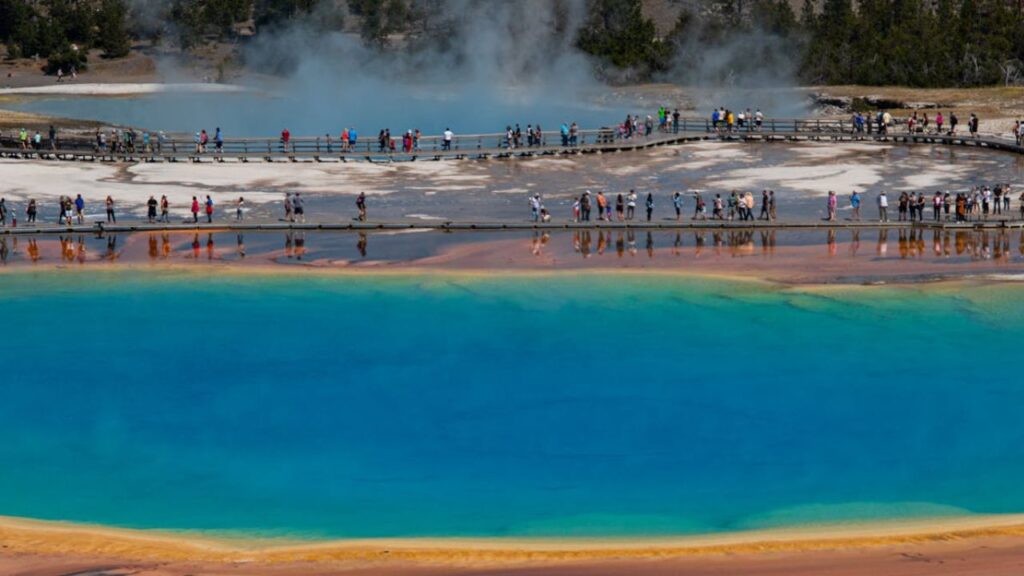
It’s easy to get caught up in the moment, angling for the perfect shot, but focusing on your phone takes focus away from your footing. Dozens of injuries trace back to tourists leaning too close or stepping off trails for photos. Use the rail as your boundary, keep both feet planted, and if you want a wide shot, ask someone else to help. A great picture doesn’t matter if it cuts the trip short.
Remote Trails Mean Slow Rescue
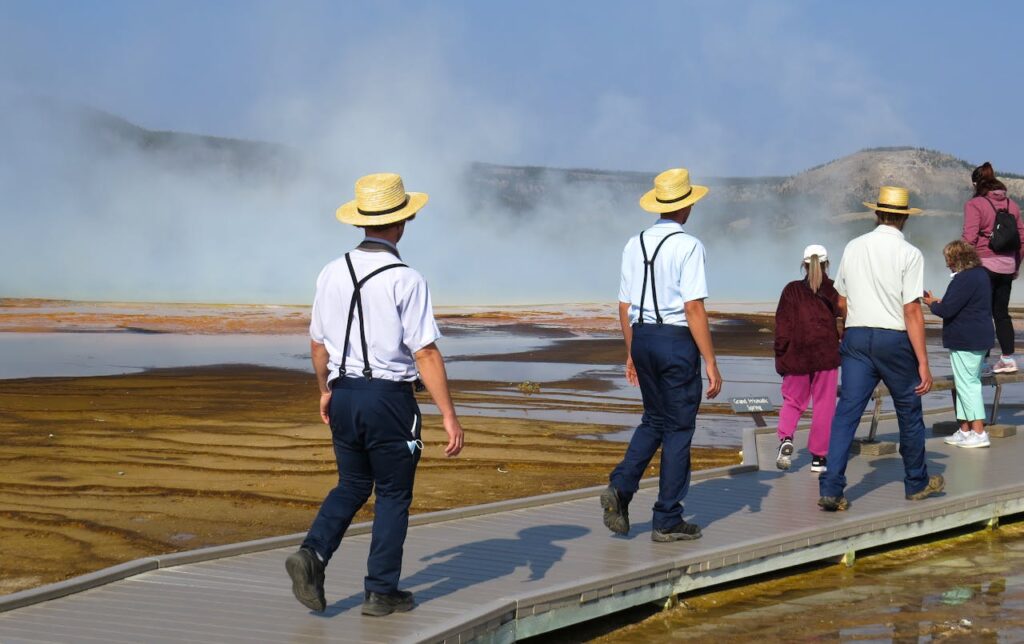
At places like Lone Star Geyser, help isn’t minutes away. Rangers often hike in with stretchers, and helicopters may be delayed by weather. Burns require immediate cooling and advanced care, but in a backcountry setting, those resources aren’t within reach. Every step you take off the boardwalk adds to the distance rescuers must cover. Prevention is your only reliable safety net in these remote corners of the park.
Boardwalks Are The Safest View
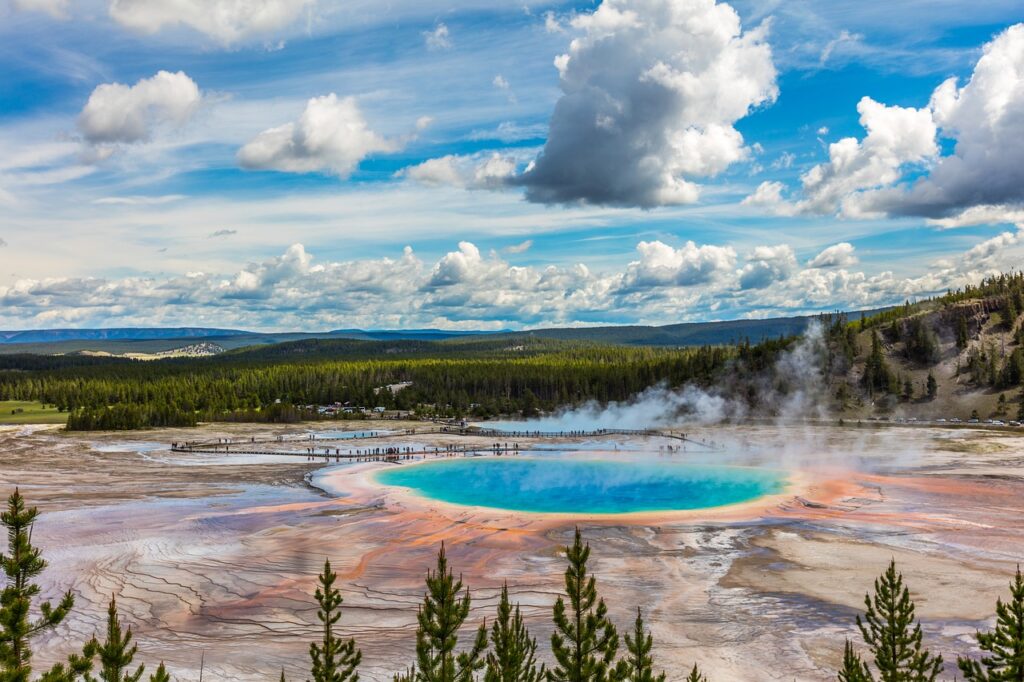
Boardwalks aren’t just for convenience. They’re carefully placed over stable ground, keeping you and the formations safe. Straying from them damages features that take decades to form and exposes you to hidden vents or unstable crust. If a section is closed, trust that something changed underground. Staying on the designated path ensures you experience Yellowstone’s power without becoming part of its accident reports.
Listen To Your Body, Then Leave
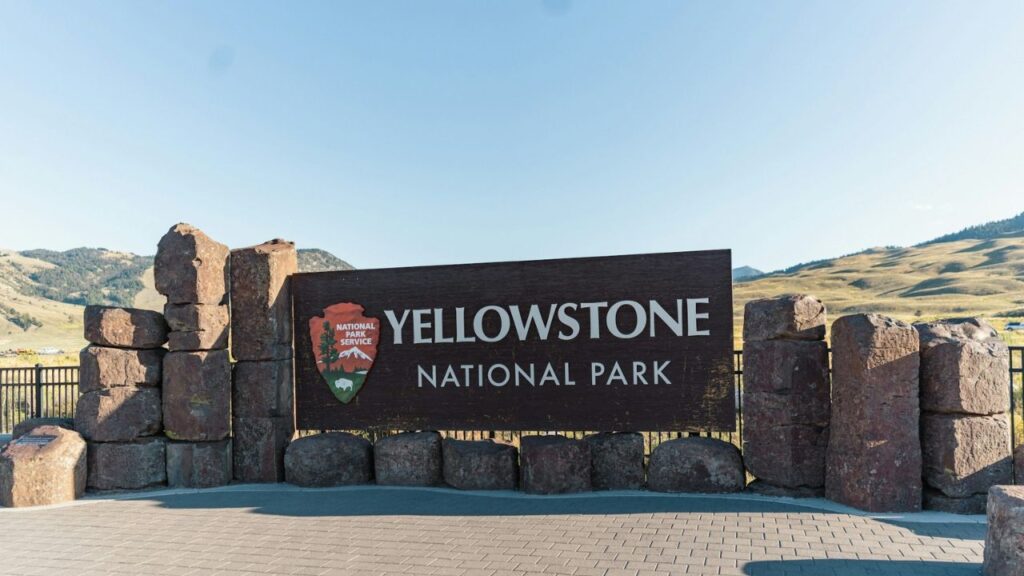
If you start coughing, your eyes sting, or you feel dizzy in a basin, don’t wait to see if it passes. Move to fresh air immediately and regroup away from steam. Yellowstone’s gases and heat play tricks on your body, and ignoring those signals is dangerous. Families should agree that anyone can call for a break, no questions asked. Listening early is the easiest way to avoid turning a small discomfort into a medical scare.
Prepare Your Mind Before Your Map
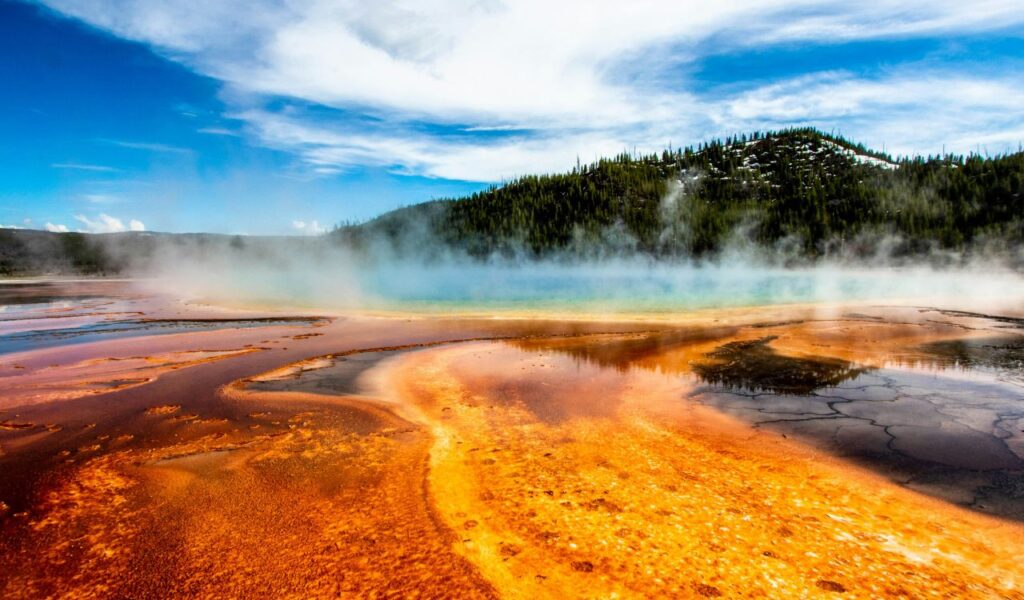
If you want context for Yellowstone’s dangers, pick up “Death in Yellowstone” before your trip. The stories of accidents and near-misses aren’t there to scare you away but to help you respect the risks. Knowing what others got wrong makes it easier to do things right. With that perspective, signs no longer feel restrictive. They feel like the thin line keeping you safe while you explore one of the wildest landscapes on earth.